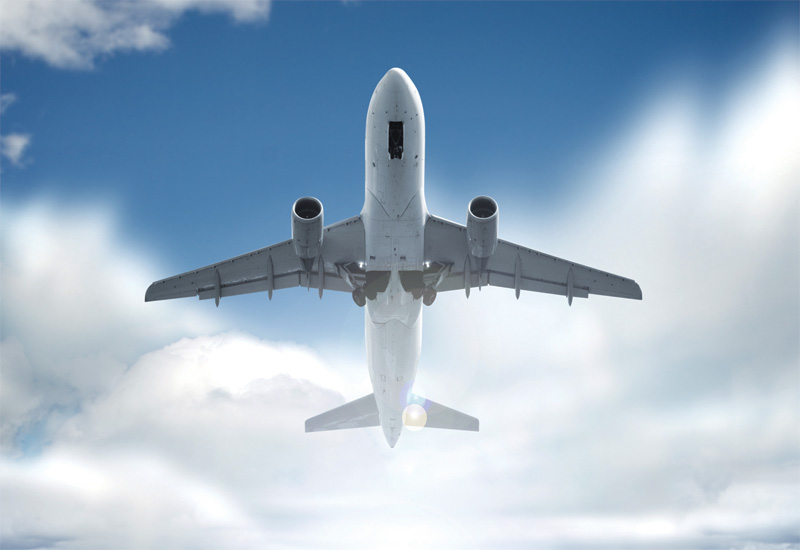The ITB World Travel Trends Report 2010/ 2011 unveiled by IPK International revealed some fascinating insights for the travel sector in the years ahead.
Recovery is on the cards
After a major slump due to the global downturn in 2009, the travel industry proved its resilience with an unexpectedly strong comeback in 2010.
International arrivals increased by six -seven% to 935 million trips — a two% increase on 2008, proving that tourism has not only recovered from the crisis but is also growing again in real terms.

| Advertisement |
This recovery is being powered by the emerging markets of Asia, South America and the Middle East, which all experienced double-digit growth rates last year; while Europe and North America in contrast showed only moderate growth in 2010.
Individual destination winners in terms of inbound tourism for 2010 were South Korea (+28%), China (+23%), Germany (+11%), Croatia (+seven%) and Mexico (+five%), while Spain (0%) and Greece (-five%) were the unfortunate losers.
In 2011 further growth of around three-five% is on the cards for the industry globally. The main drivers will be the improving world economy and low fares from budget airlines. According to Boeing, air passenger volumes are likely to rise about five% in 2011.
Tourists count their dollars
Despite the growth in numbers, tourists are still being careful with their money.
In 2010, spending by international travellers increased by around seven% to US$1.03 trillion but this is compared to a nine% decline in 2009, so it’s still well below the record of $1.06 trillion in 2008.
The big spenders last year in terms of international tourism expenditure were China (+22%), Russia (+26%) and Brazil (+54%).
The BRICs are coming
Emerging economies Brazil, Russia, India and China (BRIC) are the tourism markets to watch this year, and destinations must start to market themselves and adapt their products and services to these millions of potential new customers.
At present, BRICs represent only a small fraction of world travel — IPK’s ranking of the world’s ten largest outbound markets puts Russia in eighth place, while China is tenth.
But thanks to strong economic growth, these four countries, plus many of the so-called ‘Next-11’ (the next-largest emerging markets) are creating a growing middle class with greater spending power and money for travel.
Over the next few years, Asia — mostly China and India — and Latin America will drive world economic growth, contributing up to 75% of global GDP from 2010 to 2012.
Presently Chinese travellers are held back from their travels abroad due to visa restrictions in many countries.
Most Chinese travel abroad in groups, or make individual trips to Hong Kong where no such visa rules apply, but by 2020 the number of Chinese outbound travellers could double, and the number of Indians travelling abroad could grow fivefold. This would raise both countries within a decade to the top six outbound markets worldwide.
Get smart and get social
Social media and mobile technology is set to dramatically change the face of the tourism industry this year.
The massive success of smart phones such as the iPhone opens up exciting new opportunities for travel companies. As many as 40% of international travellers now own a smart phone with internet and e-mail access, and over 40% of these users use their smart phones to get destination information or make booking changes during their trip.
The travel and tourism industry is already responding to this growth with a flood of new apps such as the Tripadvisor app, and LonelyPlanet interactive city guides for smart phones.
Important real-time data such as changes to flight times is also being delivered to custoners via their smart phones. TripDeck is an iPhone app that manages flights, hotel reservations, car rentals or other services, and includes real-time flight tracking.
Looking ahead, a big trend could be mobile payment, with the iPhone “turning into a wallet to pay for everything imaginable.” One negative remains the high cost of downloading data on mobile devices when outside the home country due to the high roaming tariffs.
Social media is catching on as a way for travel companies to market themselves to consumers. In the US 41% of online leisure travellers are ‘travel social fans’ (TSFs), signing up as friends, fans or followers of travel suppliers on social networking sites.
Air Asia has one million Facebook followers and claims to generate 13% of sales through the social network. In Japan, 20% of domestic flights are booked through mobile phones.
Say hello to LOHAS
The tourism sector’s new premium customers in the years to come will be ‘Lohas’ — an acronym coined for a new social phenomenon that has emerged over the last decade or so and it’s increasingly being recognised as a major new consumer movement.
Officially standing for “Lifestyles Of Health And Sustainability”, these are people who live and consume in an informed, aware and ethical manner, especially when it comes to health and fitness and to social and environmental issues.
Lohas are also interested in spirituality and new technologies. “Lohas are a lifestyle phenomenon discussed as the new premium target group in tourism,” explained Katja Neller, senior consultant with German research company Schober Group.
“They think global, are very mobile and open-minded. They are looking for a type of tourism that is ecologically sustainable and meets their standards of ethics and social justice.” But they are also critical consumers, especially of ‘greenwashing’ marketing strategies, she warned.










 Search our database of more than 2,700 industry companies
Search our database of more than 2,700 industry companies










Mar 11, 2011 , New Zealand
Hi There, I travel around the World at least once month from Wellington, New Zealand and am constantly prone to delayed or cancelled flights and my business contacts and family are constantly trying to understand when I am landing so that they can reach me. I have therefore created an iPhone an...